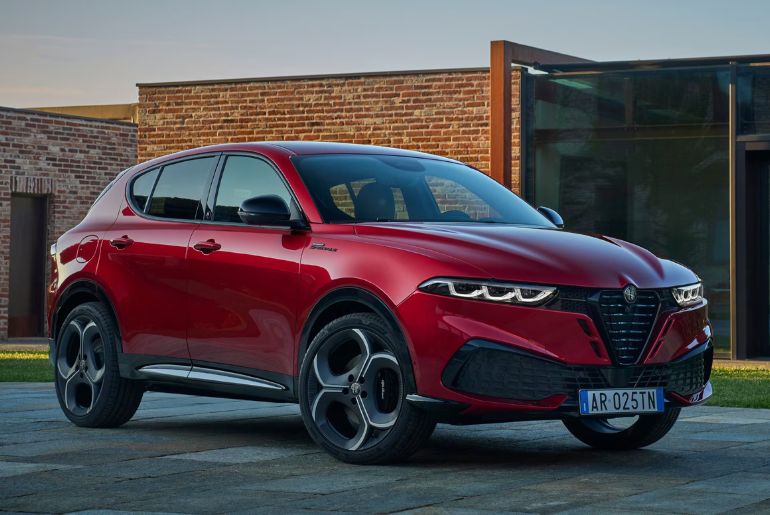Stellantis, the parent company of Jeep, Ram, and Alfa Romeo, has announced a delay in the release of the electric versions of the Alfa Romeo Giulia and Stelvio, initially planned for 2026. The company will continue selling the current gasoline-powered models for at least another year, extending production until the next-generation vehicles are ready.
Reasons Behind the Delay
Stellantis CEO Santo Ficili revealed that the delay allows Alfa Romeo additional time to transition the Giulia and Stelvio to the STLA Large platform, which is designed to accommodate both internal combustion engines (ICE) and electric powertrains. The platform supports next-gen features, including improved twin-turbo inline-six “Hurricane” engines, similar to those in the Dodge Charger Sixpack.
This decision reflects the challenges automakers face in the premium EV segment, where consumer adoption is slower than anticipated. By continuing to sell gasoline variants, Stellantis ensures market stability while preparing for a future electric transition.
Market and Model Implications
The Giulia and Stelvio have been in production in the U.S. for over a decade, based on the same Giorgio platform. With the EV versions postponed, Stellantis can focus on refining battery technology, range, and performance metrics for its electric offerings.
The delay also follows Stellantis’ decision to cancel the Ram 1500 REV and adjust the Dodge Charger EV lineup, including the shelving of the SRT Banshee model and removal of the base R/T trim. Additionally, Ram and Jeep are reintroducing HEMI engines for certain gas-powered models, while the 2026 Dodge Durango will feature the HEMI exclusively.
Ongoing EV Commitments
Despite these delays, Stellantis remains committed to electrification. Jeep’s Recon EV, a Wrangler-inspired electric off-roader, is still on track for launch with sales beginning in spring 2026. This demonstrates Stellantis’ strategy of balancing immediate market demands with long-term EV development.
Future Outlook
The postponement of Alfa Romeo’s EVs highlights the complexities of premium EV production, including platform readiness, battery supply, and market adoption rates. Stellantis’ approach indicates a pragmatic transition strategy, combining continued sales of gasoline models with planned future electrification across its brands.

